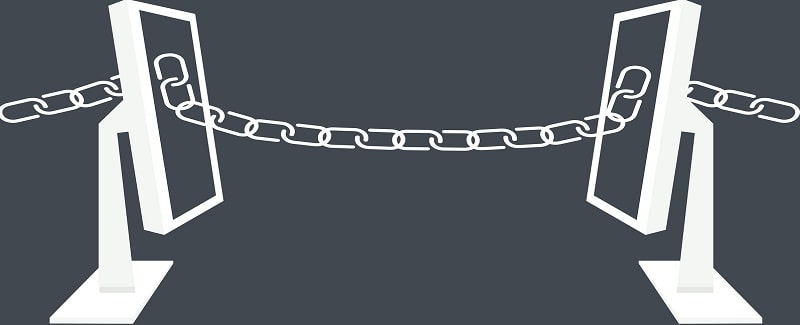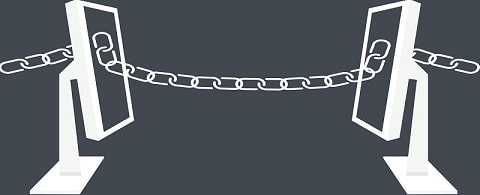Banks and the Blockchain
Posted by Bethany Frank on 29 Jun 2016


Blockchain technology is a promising concept that holds exciting potential for the financial services industry and others. The most commonly known example of blockchain technology is Bitcoin, which utilizes a blockchain network for cryptocurrency exchanges. Although Bitcoin has thus far failed to go mainstream among consumers, its underlying technology is particularly useful for banks.
According to Wall Street Journal, “a blockchain is a data structure that makes it possible to create a digital ledger of transactions and share it among a distributed network of computers.” Authorized participants of a private blockchain network would be able to manipulate the structure by adding additional data blocks to the “chain” without the involvement of a central verifying entity. Instead, each participant would compare new information to previously recorded data for verification within minutes, with a majority consensus needed among participants for a new transaction to be approved and subsequently added to the chain. Although a blockchain network is decentralized in nature, banks can apply the concept in restricted environments for various internal purposes.
Financial institutions can improve the processing of cross-border payments, for example, with the proper implementation of blockchain technology. Cross-border payments are currently made possible through a number of correspondent banking arrangements that allow for inter-bank processing, and vast arrangements are necessary in order to provide adequate geographical coverage. Any number of intermediaries may be involved, with additional costs and processing times associated with each of them.
Manual intervention is often necessary to correct and properly execute incorrect transactions, further contributing to delays. Not only are these banking arrangements inefficient, but they also present major traceability issues and hinder banks from providing payment services on par with those offered at a domestic level. A lack of transparency and unexpected posting delays could also affect the financial liquidity of corporate clients and put them at risk.
Blockchain could mitigate these complications by introducing automation at an inter- and intra-bank level. It would eliminate the need for intermediaries who drive up costs and processing times, helping banks save money while improving straight-through-processing (STP) rates. Banks would then be able to pass these increased efficiencies and cost savings onto consumers and businesses by offering them faster service at reduced costs.
By utilizing blockchain technology to improve P2P remittances, for example, banks can appeal to and capture demographics that currently use third-party money transfer services to send money to family members abroad. Blockchain could also solve payment tracking issues as its very nature allows for improved traceability, creating additional value that can again be passed along to consumers.
Compliance with anti-money laundering (AML) requirements is another concern that could be addressed and possibly resolved using a decentralized ledger. Global spending on AML compliance was estimated to total nearly $10 billion in 2014. A blockchain network could enable banks to feed data related to restricted parties and suspicious AML activity and share it with other participating banks. Through this kind of data-sharing model, banks could significantly improve internal processes around AML, fraud, and risk management. With the continued rise in regulatory pressures, investment in technology infrastructure that protects against fraud and mitigates risk may be a far more cost-effective course of action.
Due to the inherently decentralized nature of a blockchain network, financial institutions are often hesitant to explore or simply unaware of the potential internal applications of the technology; however, blockchain may eventually prove to be instrumental in helping banks introduce speed, automation, and integration into processes that are quickly becoming outdated. Furthermore, cooperation between banks to establish a shared network- such as the efforts underway by technology company R3 and some of the largest banks in the industry - could present new opportunities to monetize.
Faster and more efficient processing would enable financial institutions to reduce operational costs, streamline payment processing, and minimize the need for additional checks and balances. Although it is too soon to determine whether or not blockchain will truly transform the financial services landscape as a whole, early adopters and those who are quickest to adjust to any changes it brings are likely to gain a competitive advantage going forward.
Schedule A Personalized Demo
Schedule a Free Consultation





